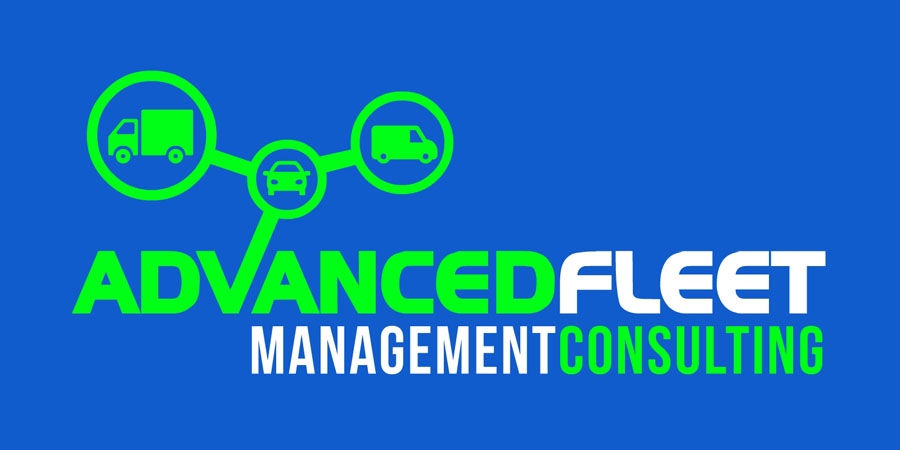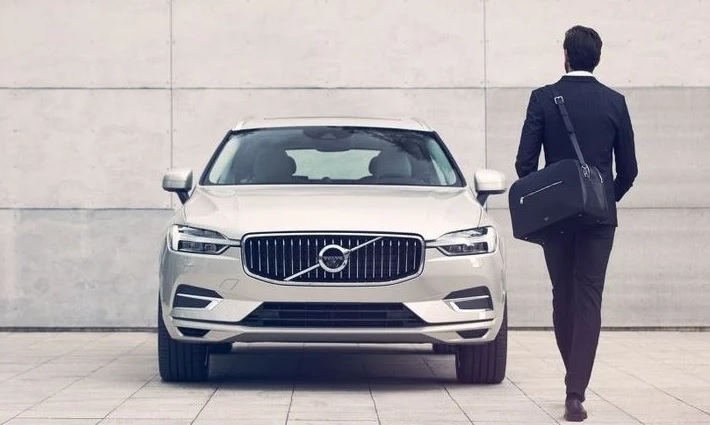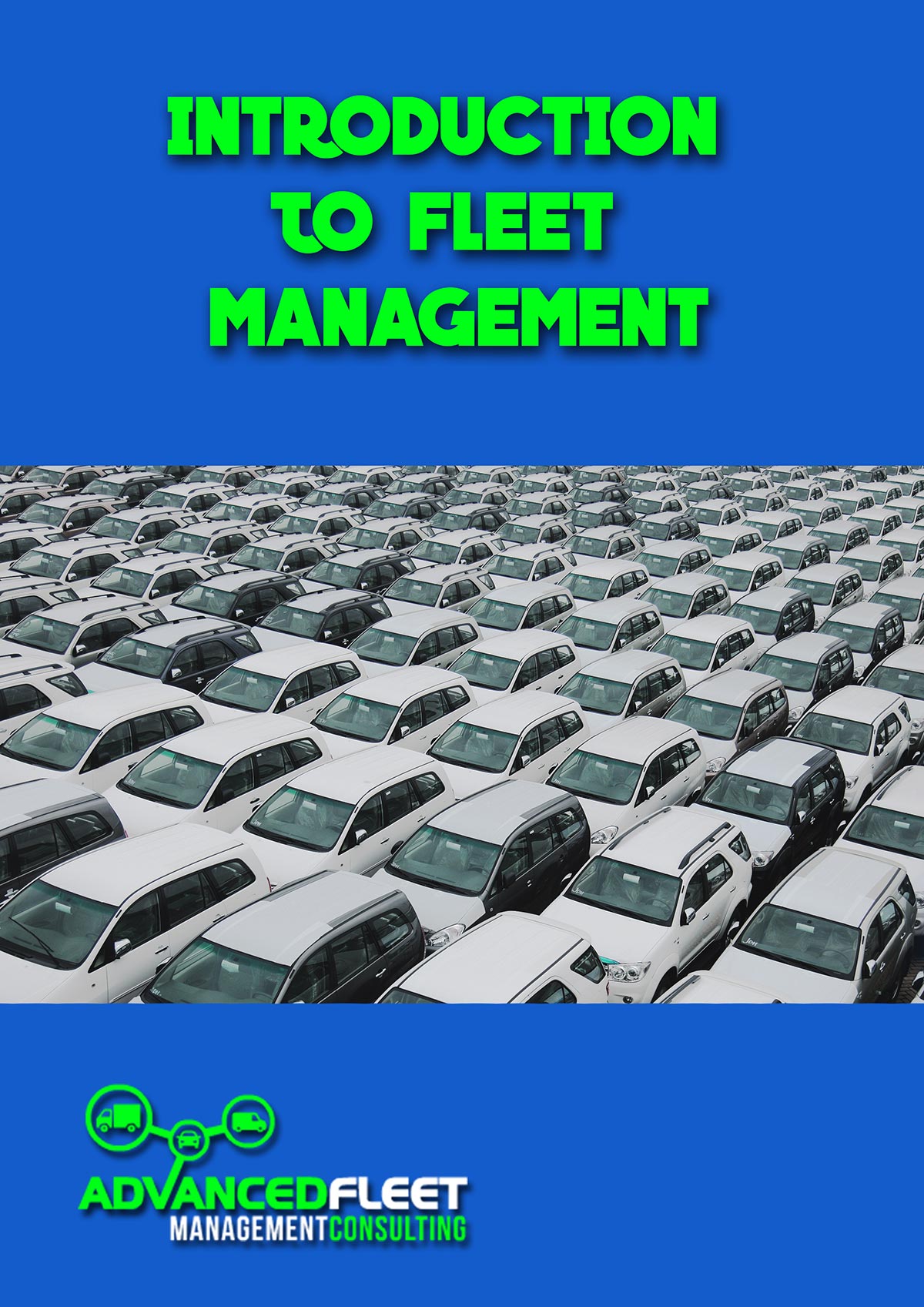To support drivers in their everyday car experience, Volvo Cars has committed to the introduction of a of 180 kph (112 mph) speed limit in all of its new cars from 2020.
Volvo Cars’ success in reducing the number of people killed or seriously injured in their new cars is based on the company’s approach to understanding the causes, and effects, of car accidents. The design of safety systems that help to avoid or mitigate the potential consequences of collisions and single vehicle accidents have played a great part in this success, while also helping to reduce associated costs (increased insurance premiums, workshop fees and time lost) for fleet managers.
But there remains an area where safety can be further improved – human behaviour. How can Volvo Cars support better driver behaviour?
Limiting Speed
To support drivers in their everyday car experience, Volvo Cars has committed to the introduction of a of 180 kph (112 mph) speed limit in all of its new cars from 2020. Fleet Managers welcome this move as it will help to reduce high-speed accidents and also help to reduce fuel consumption and irresponsible driving behaviour.
The Key to Safer Driving
In addition, Volvo Cars is introducing a Care Key, designed to allow Fleet Managers the option of setting their fleet’s top speed lower than 180 km/h (112 mph), thereby further improving safety. “We believe that a carmaker has a responsibility to help improve traffic safety,” said Håkan Samuelsson, President and CEO of Volvo Cars. “Our recently announced speed limit fits that thinking and the Care Key is another example.
Advanced In-Car Technology
Volvo Cars has also committed to deploying in-car cameras and sensors that can act as an early warning indicator of distracted driving, drowsiness, or driving under the influence of alcohol or drugs. Apart from helping to avoid accidents the technology will also help your drivers understand when they need to take a break. The cameras and sensors will allow the car to intervene if a clearly intoxicated or distracted driver does not respond to warning signals and is risking an accident involving serious injury or death.
Anonymised Data
Another great leap forward in road safety will come from the recent announcement that Volvo Cars is joining forces with other car makers in a pan-European pilot project run under the European Data Task Force, which will share traffic safety data. Volvo Cars will share data around slippery road conditions and the use of hazard warning lights.
The anonymised data, generated by both cars and infrastructure, will deliver warnings to drivers of potential dangers ahead via a cloud-based platform, while at the same time supporting traffic services operated by national road authorities.
“We think this type of anonymised data sharing should be done for free, for the greater good and to the wider benefit of society. It saves lives, time and taxpayer money,” Mr. Samuelsson added. “I call on other car makers and governments to work with us on realising this type of data sharing as widely as possible.”
Real-time data sharing can provide a strong boost to overall car safety today, and its relevance and impact will grow with the increasing number of connected cars on our roads by improving traffic flow and helping to reroute traffic where necessary. This will also have a positive financial impact on your business by saving the time and fuel wasted in congested traffic conditions.
“The more vehicles we have sharing safety data in real time, the safer our roads become,” said Malin Ekholm, head of the Volvo Cars Safety Centre. “That is why the European Data Task Force is such an important initiative. We hope to bring on board even more partners who share our commitment to safety.”
These are great example of how Volvo Cars can help to keep your personnel safe and protect your fleet investments.
by Volvo Cars
Source: https://www.automotive-fleet.com
FLEET MANAGEMENT AUDIT
Fleet management is the use of a set of vehicles in order to provide services to a third-party, or to perform a task for our organization, in the most efficient and productive manner with a determined level of service and cost.
Fleet management activities are shown in the following graph 1:

Graph 1: fleet management activities
The proposal audit analyses and assesses all fleet management activities shown in the graph 1, and its main goals are:
- Know the overall status of the fleet management activities
- Provide the analysis, the assessment, the advice, the suggestions and the actions to take in order to cut costs and increase the efficiency and efficacy of the fleet management activities
With the information obtained, we’ll elaborate a report that holds the overall status of the fleet management as well as the suggestions, recommendations and the measures to take in order to cut costs and optimize the fleet management activities.
CLICK ON THE FOLLOWING LINK TO DOWNLOAD THE PROPOSED FLEET MANAGEMENT AUDIT:



